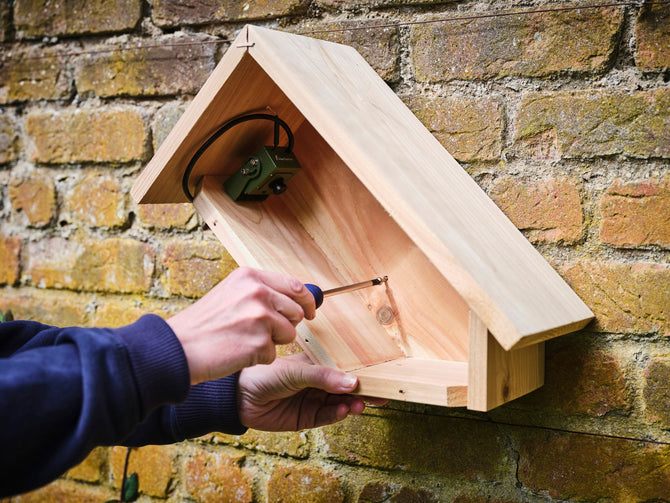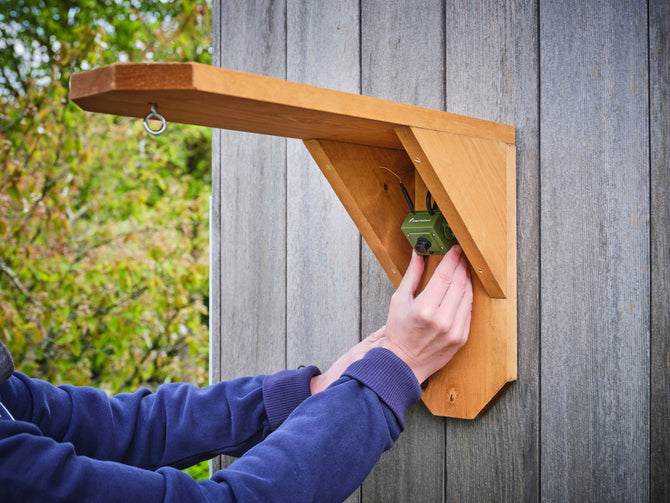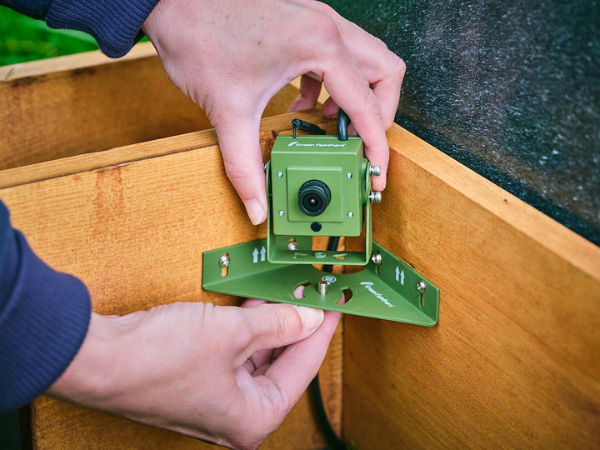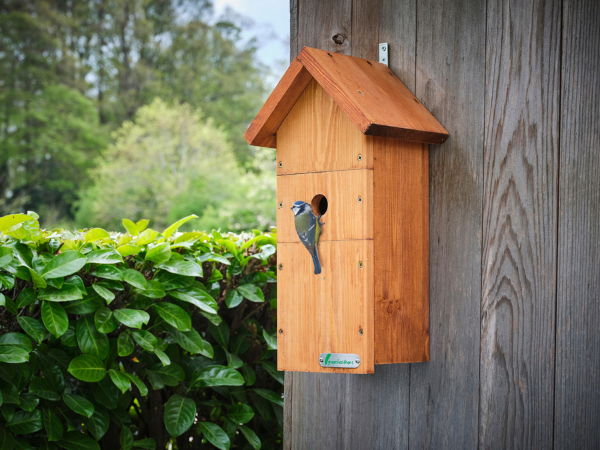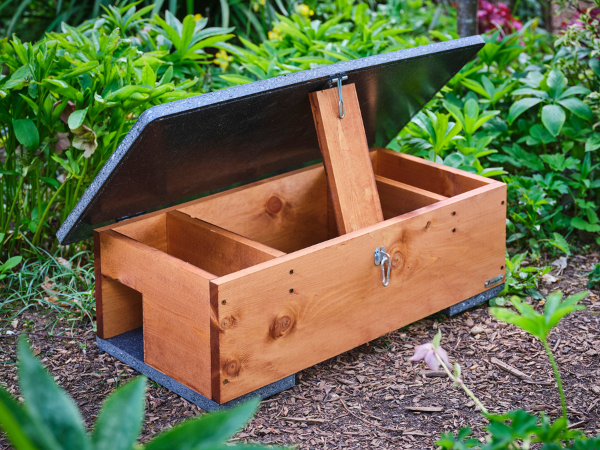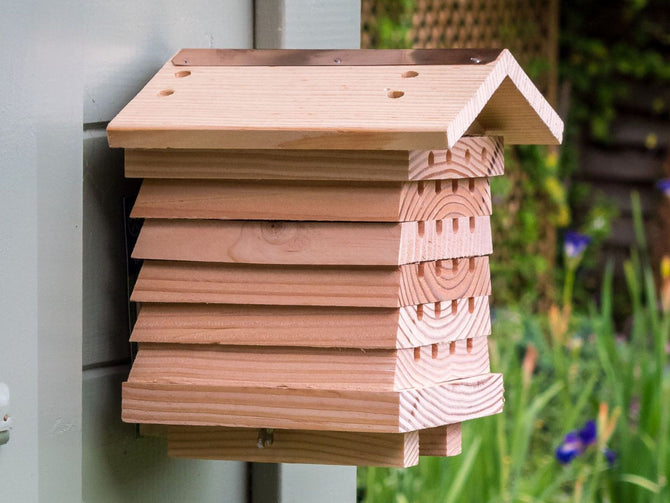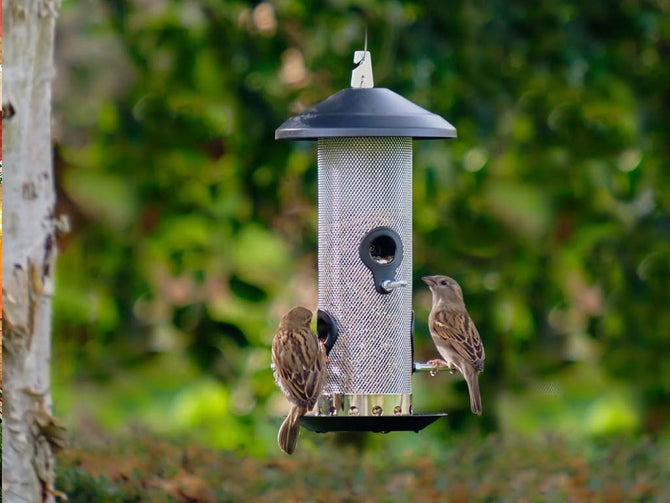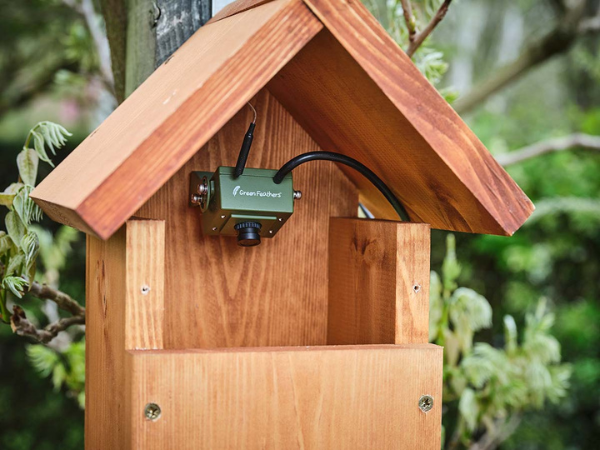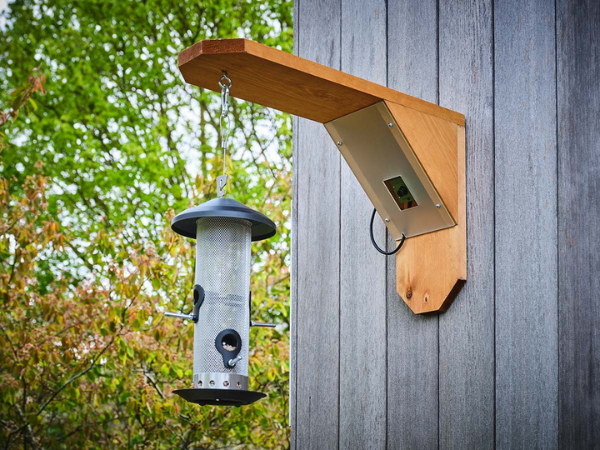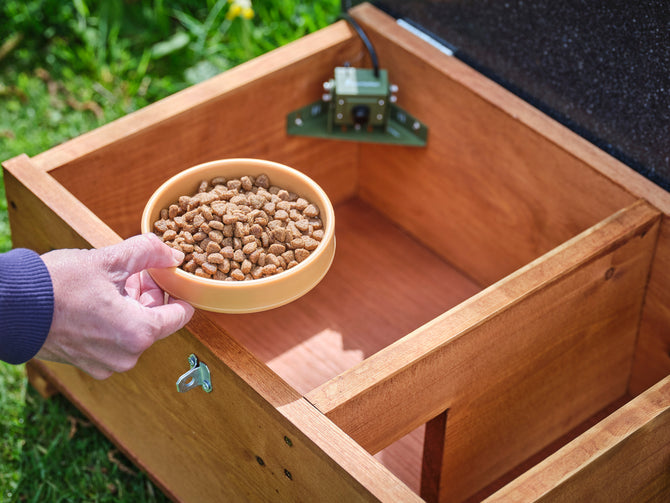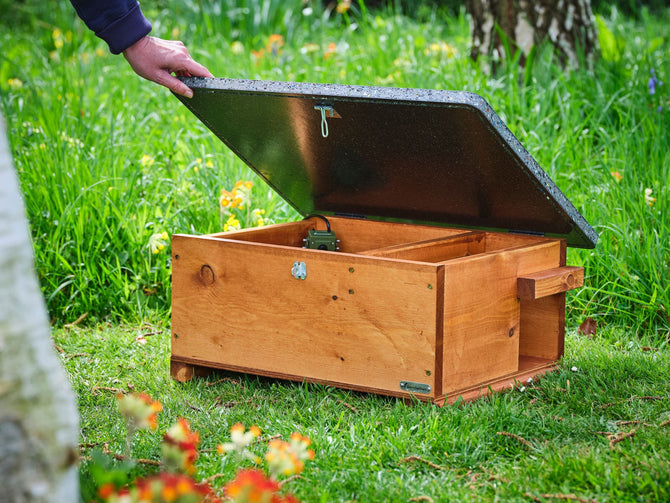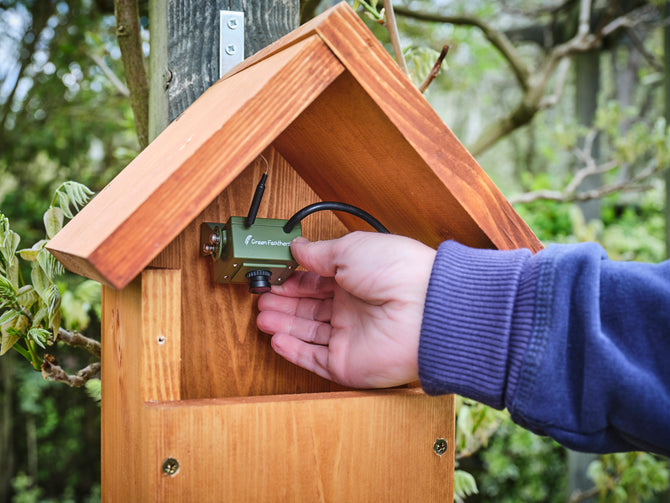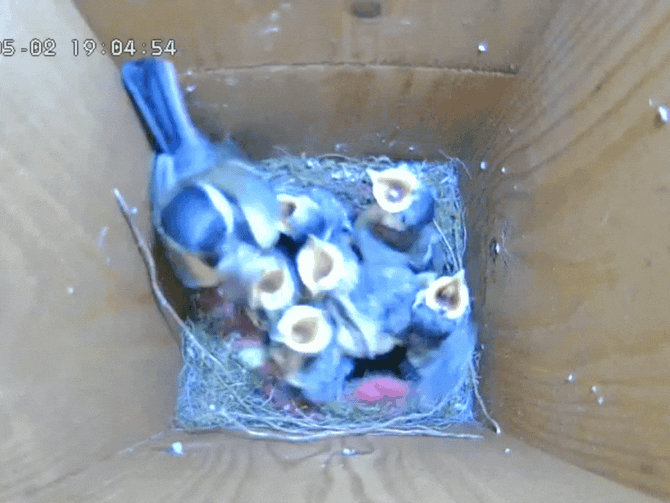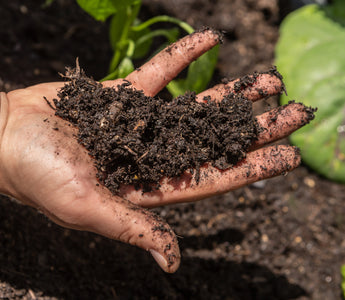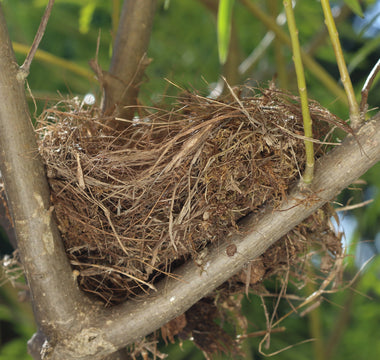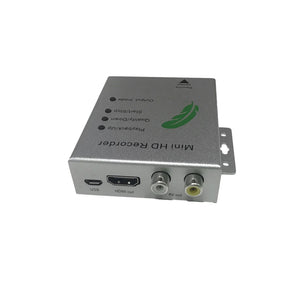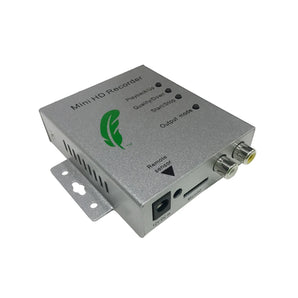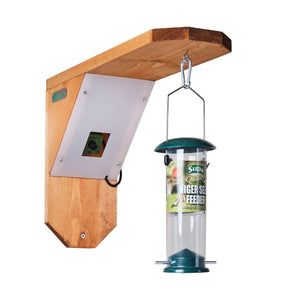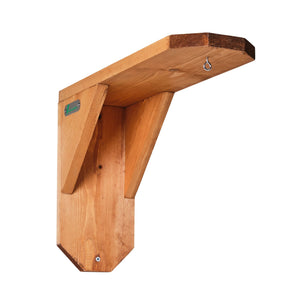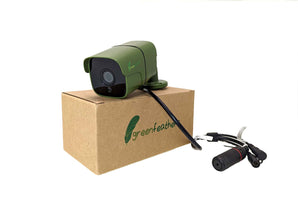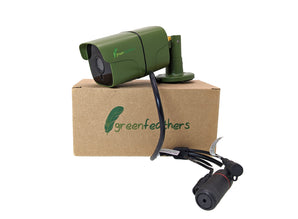Whether you’re growing wildflowers, veg, or simply want to give your local wildlife a more nourishing patch to explore, healthy soil is where it all begins. Your garden literally grows from the ground up, after all! Good soil doesn’t just help plants grow better – it holds more moisture, supports biodiversity, and even traps more carbon – all good things!
Luckily, improving your garden soil and continuing to look after it doesn’t have to be hard, costly, or time-consuming. With a few simple and natural methods, you can enrich your soil and boost the life beneath your feet, for the good of your garden all round.
1. Add organic matter (Compost is King!)
Adding organic matter is the single most effective way to improve garden soil – and it’s incredibly easy to do. Whether you’re working with heavy clay, dry sand, or tired beds that have been working hard for years, incorporating rich compost can dramatically boost soil fertility and structure. Compost made from vegetable peelings, garden trimmings, cardboard, and coffee grounds adds a diverse range of nutrients, while also encouraging the presence of soil life.

There’s no need to dig it in – in fact, it’s better if you don’t, but more on this later! All you need to do is spread a thick layer of compost over your beds in spring or autumn and let worms and other creatures do the work of pulling it down into the soil. This method of surface application – often referred to as mulching – mimics the natural process of leaves and organic debris breaking down over time.
2. Leave the leaves
While you may be tempted to rake up every last fallen leaf that dares to land on your precious flower beds, leaving some of them to break down naturally can bring enormous benefits to your soil. Leaf litter is surprisingly rich in minerals and organic compounds that feed the soil as it decomposes. It also creates a protective layer over the ground, helping to retain moisture and reduce erosion.
What’s more, a pile of leaves in a quiet corner can become a vital refuge for wildlife. Frogs, beetles, and even hedgehogs may take shelter in this natural mulch during the colder months. If you have space, you can also collect leaves in a hessian sack or compost bin to create leaf mould – a soft, crumbly material that makes an excellent soil conditioner once it’s broken down over a year or two.
3. Grow green manures
No, not THAT kind of manure…
Green manures are plants that are grown not for harvest, but specifically to use to improve the health and structure of the soil. These include fast-growing species like clover, mustard, and phacelia, which cover bare soil, prevent weed growth, and draw nutrients up from deeper layers. Many green manures – especially legumes – also help imbue nitrogen into the soil – an essential nutrient for most plants.
Once the green manure plants have grown for a few weeks or months, they can be cut down and left on the surface to decompose, and their decaying leaves and roots feed the soil and help build organic matter. This technique is particularly useful over winter, when vegetable beds might otherwise be left bare and depleted, and severely lacking in the nutrients they need.
Learn more about the types of plants to put in your garden in our blog post on how to choose plants for different types of soil.
4. Avoid over-digging
Traditionally, gardening involved a lot of digging and turning over the soil, but more and more gardeners are discovering the benefits of a no-dig approach – it’s particularly favoured by allotment owners as a way of reducing both manual work and weed spreading. Digging – however essential to your garden’s aesthetics – can disturb the delicate balance of organisms living in the soil, and repeated tilling can break down soil structure, leading to compaction and poor drainage.
No-dig gardening is incredibly simple: instead of turning the soil, you lay compost and organic matter on top, allowing it to gently integrate over time. Worms and fungi pull the nutrients downward, while plant roots explore the layers naturally. Not only does this method preserve the integrity of your soil, but it also saves you time and effort, and results in fewer weeds and stronger plant growth.
5. Invite worms
Healthy soil is teeming with life, especially those wonderfully wriggly worms! Earthworms, fungi, bacteria, and countless microscopic organisms all play a vital role in recycling nutrients and supporting plant growth. To encourage this living web, focus on feeding the soil with compost and natural mulches rather than relying on synthetic fertilisers or chemical treatments, which can harm beneficial microbes and even damage the health of your soil in the long run.

Avoid walking on garden beds to prevent compaction – you want to keep things nice and loose and the soil as undisturbed as possible. The more diverse the organic material you add – think compost, leaves, grass clippings and wood chips – the more you’ll support a balanced and resilient soil ecosystem.
6. Mulch like a pro
Mulching is one of the simplest and most effective ways to protect your soil while simultaneously improving its quality. A layer of organic mulch, such as straw, bark chips, compost, or even grass cuttings, helps retain moisture, suppress weeds, and regulate temperature throughout the year. Over time, the mulch breaks down and adds valuable nutrients to the soil beneath.
It’s important to apply mulch at the right time – ideally in spring or autumn – and to keep it a few centimetres away from plant stems to prevent rot. The result is a more self-sustaining garden that requires less watering and weeding, with happier plants and busier soil life.
7. Let nature take the lead
Ultimately, the best gardens are those that work with nature, not against it. That means resisting the urge to tidy every corner, allowing wild patches to flourish, and planting a diverse mix of species that support pollinators and beneficial insects. When your garden is rich in plant life and organic matter, the soil becomes healthier, more fertile, and more resilient to extremes of weather.
A little patience goes a long way. Improving your soil is a gradual process, but every bit of compost, every undisturbed worm tunnel, and every fallen leaf contributes to a richer and more living garden.
Improving your soil doesn’t require fancy tools or chemicals – in fact, it’s probably better if you leave the latter in the shed! All you really need is a bit of time, patience, and a willingness to let nature do its thing – trust your garden, it knows what to do! Healthier soil means healthier plants, more wildlife, and a more sustainable garden that the local wildlife will love and appreciate!
Visit the Green Feathers blog for more garden and wildlife advice.

